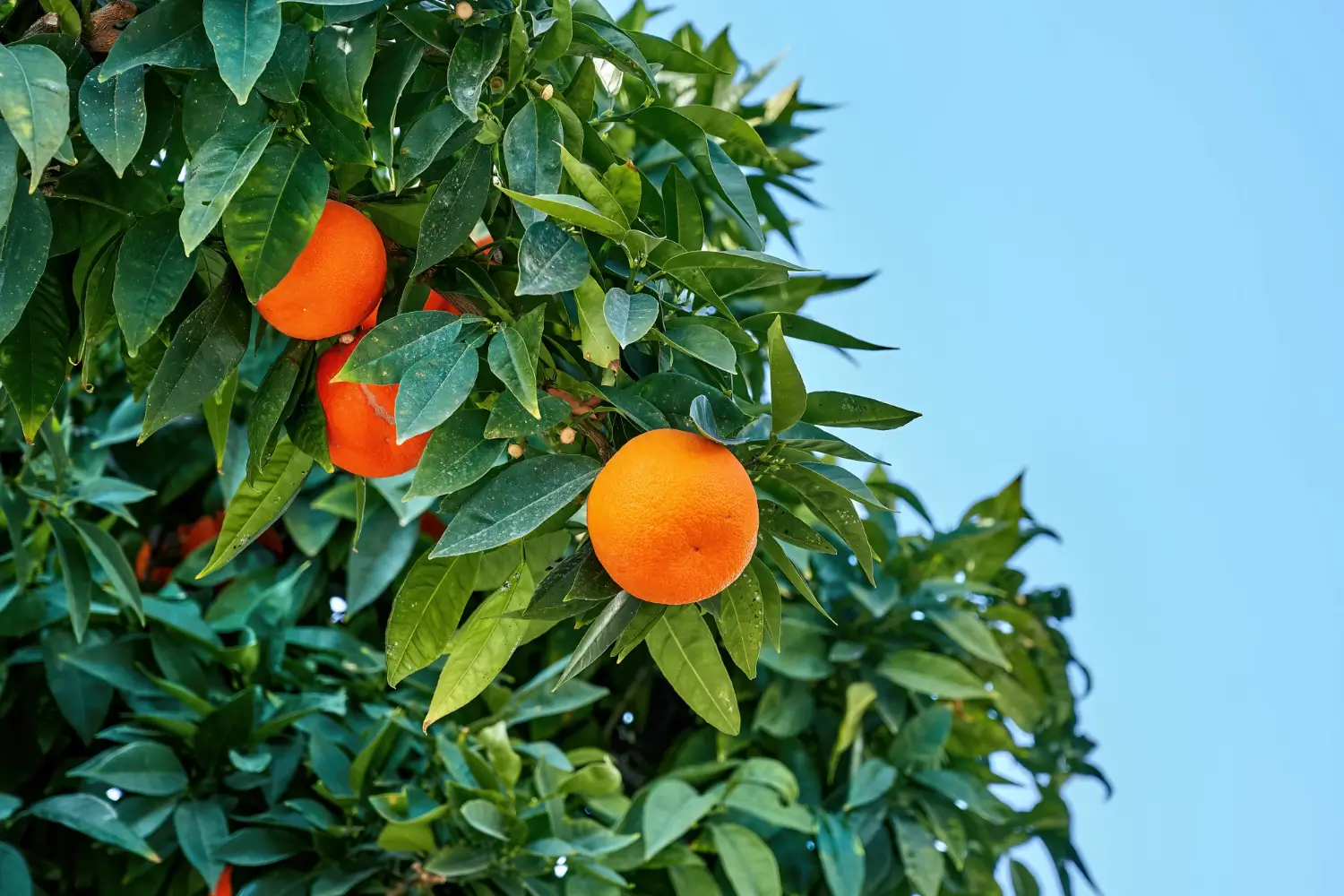
Soil Health & Fertilization
We unite suppliers and green industry professionals worldwide
That’s the charm of Wandflower, a lovely perennial that earns its name from the way its flower-laden stems sway like wands in the breeze.
By Victor Miller
|Published on June 18, 2025
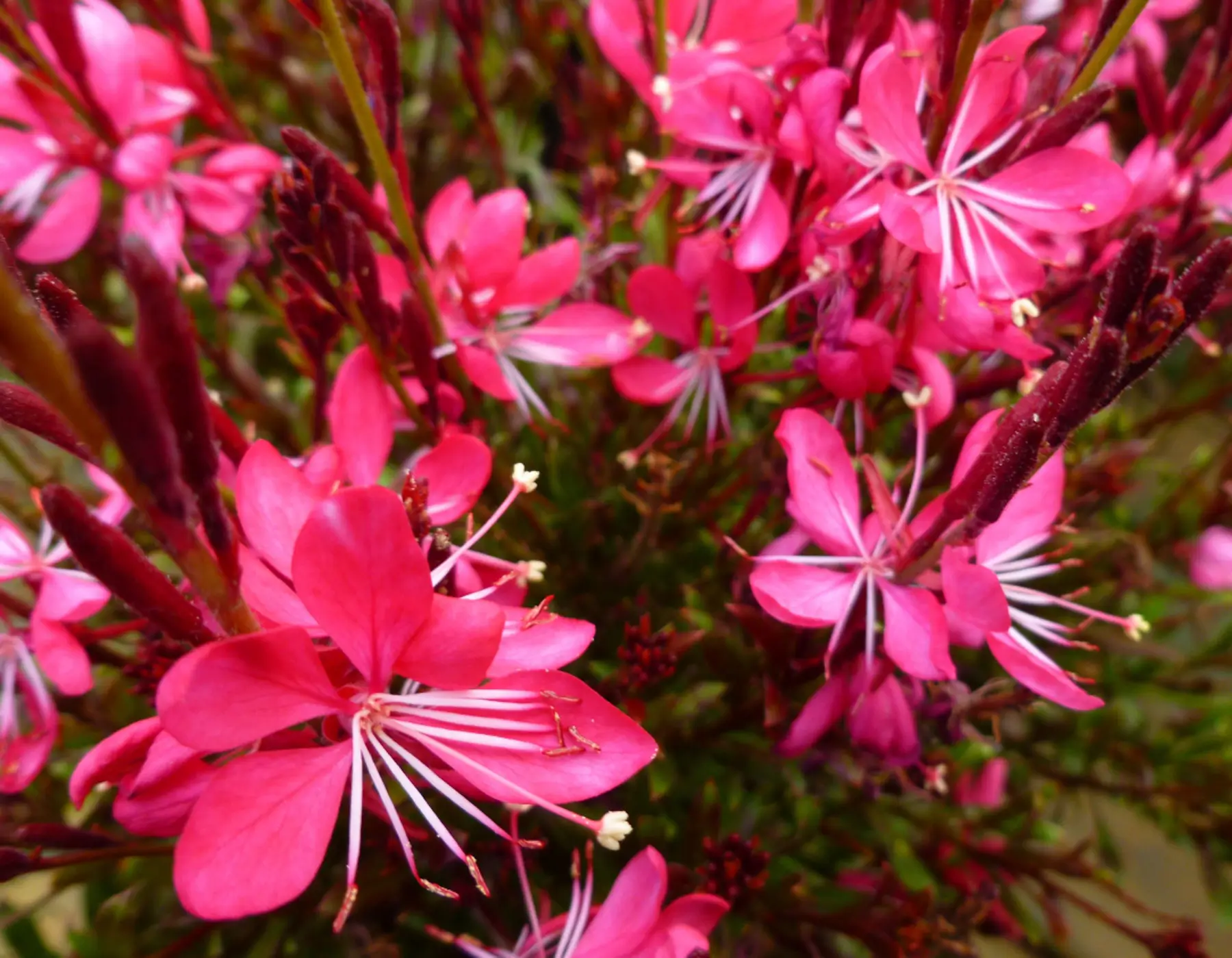

“Have you ever seen a flower that appears to float in the air?”
That’s the charm of Wandflower (Gaura lindheimeri), a lovely perennial that earns its name from the way its flower-laden stems sway like wands in the breeze. Also known as Whirling Butterflies or just Gaura, this plant adds motion and softness to the garden,filling in borders or containers with airy, star-shaped blooms that flutter like insects in flight.
A native to the southern U.S. and Mexico, Wandflower is popular for its tolerance to drought, long bloom season, and its can-do attitude for tough spots. Its easygoing, casual charm has made it a popular choice for cottage gardens, wildflower borders or any area that needs some movement and lightness. Once established, it will bloom for months on end with minimal care.
| Botanical Name | Gaura lindheimeri |
| Common Name | Wandflower, Whirling Butterflies |
| Type | Herbaceous perennial |
| Height | 18–48 inches |
| Sunlight requirements | Full sun |
| Soil needs | Well-draining, sandy or loamy |
| Watering Needs | Low to moderate |
| Hardiness Zones | 5–9 |
| Time to bloom | Late spring through fall |

September 25, 2025
9 minute read
September 24, 2025
9 minute read
September 23, 2025
10 minute read
September 22, 2025
9 minute read


Join as a seller and connect with thousands of B2B buyers nationwide!
Sign Up
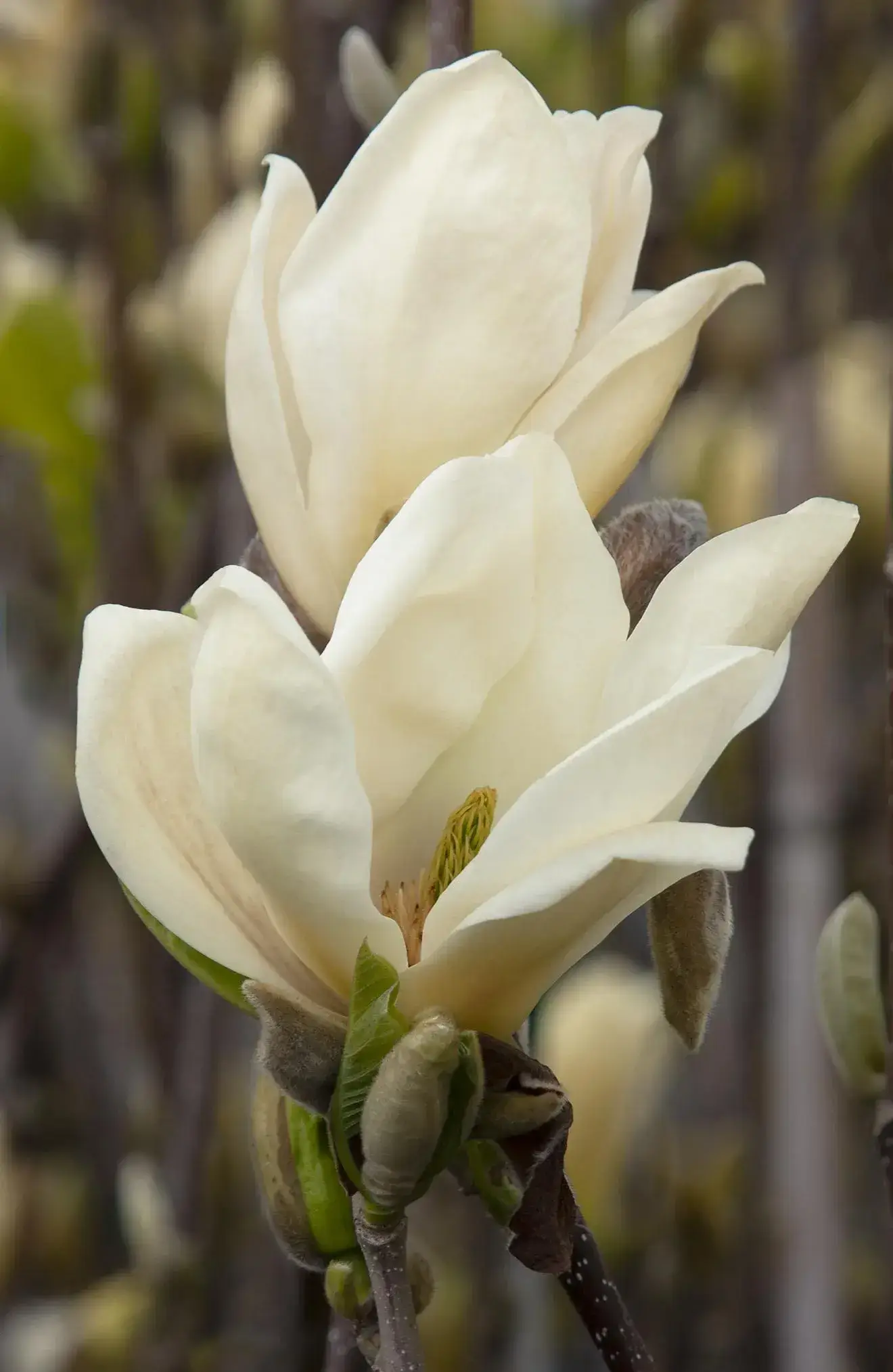
Elizabeth Magnolia
Magnolia 'Elizabeth' is a graceful deciduous tree known for its soft yellow, lemon-scented flowers that bloom in early spring before the foliage. With its upright form and subtle color, it’s a favorite for adding elegance to any landscape.
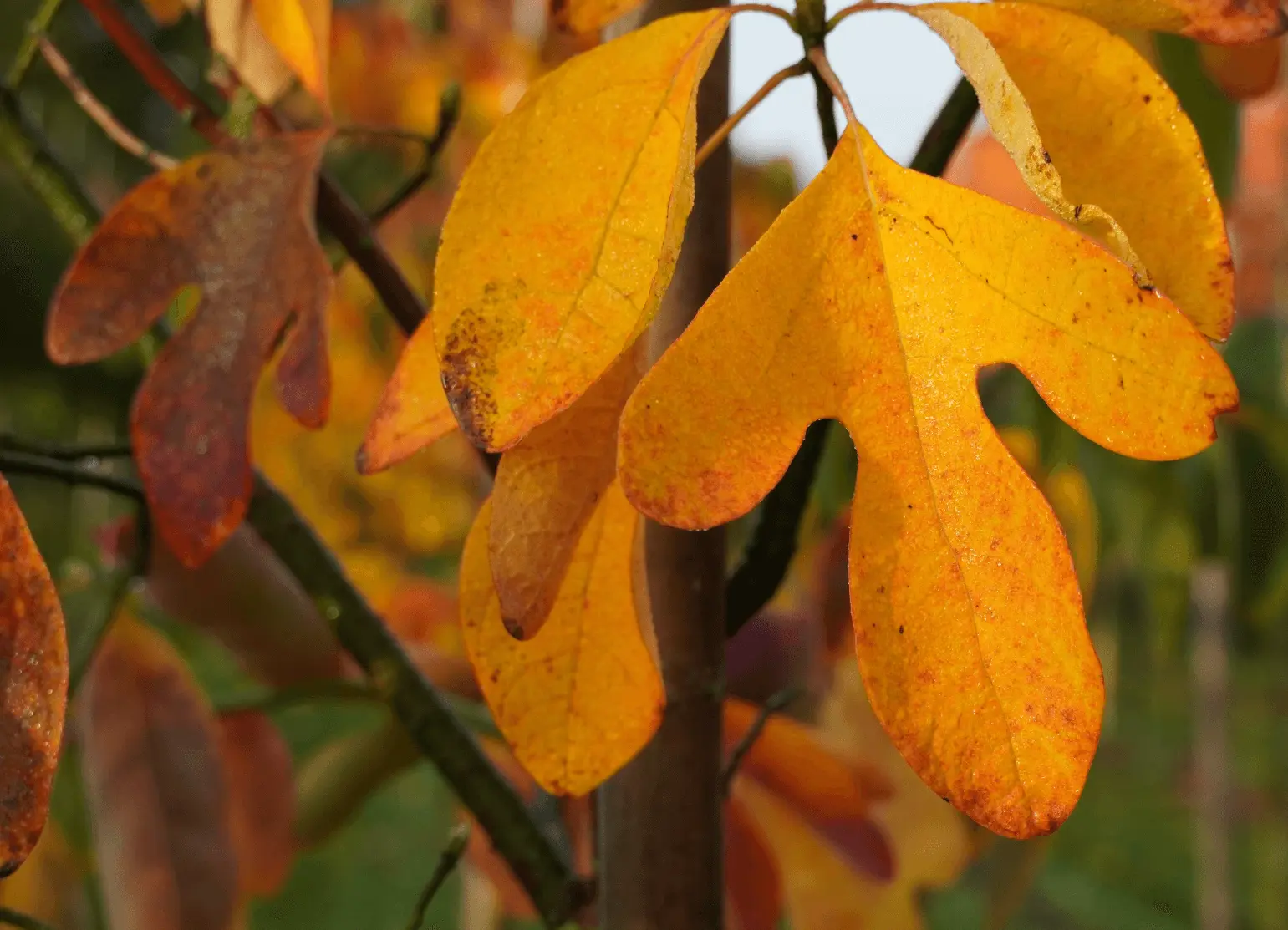
Sassafras
With its uniquely mitten-shaped leaves, spicy aroma, and a history rooted in both Native American tradition and Southern cooking, Sassafras is much more than an ornamental tree — it’s a living record of culture, utility and seasonal beauty.
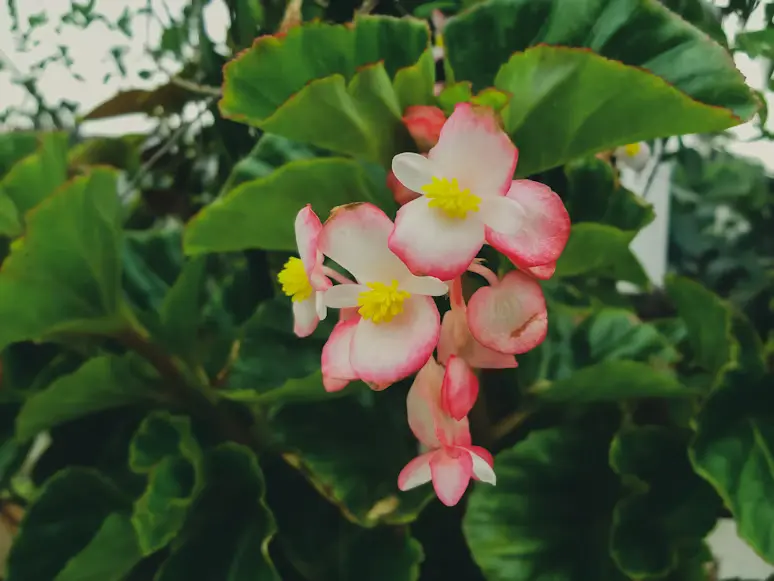
Wax Begonia
The Wax Begonia is a garden favorite for its shiny, waxy leaves, and clusters of long blooming flowers. Available in pink, red, white, and bi-colored forms, this versatile plant thrives in both sun and shade and works beautifully in borders, containers, a
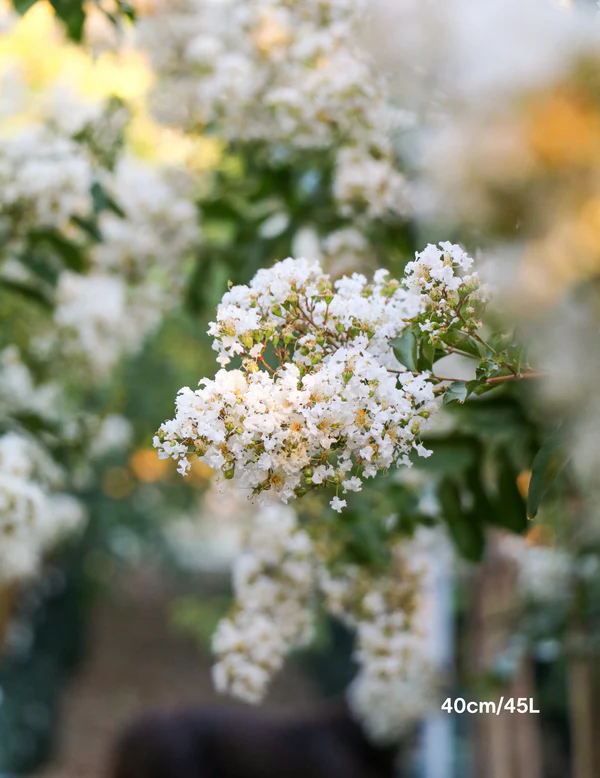
Acoma Crape Myrtle
Acoma Crape Myrtle is a compact, multi-stemmed beauty that delivers spectacular summer flowers and beautiful peeling bark, perfect for small spaces and big impressions! It is famous for having white flowers and smooth, attractive bark.
Wandflower is a tough but beautiful perennial that does extraordinarily well with very little care. It does best in full sun and well draining soil and is also known to be drought and heat tolerant and able to handle poor soils once mature. These plants are ideal for naturalized settings or informal borders, where their wild form can be appreciated.
Start planting Wandflowers in spring or in early fall. Space them 12-18 inches apart or even further to give them room to spread in their graceful, natural way. Though not heavy feeders, a light layer of compost at planting time helps establish healthy roots. Deadheading is not necessary, but removing spent flowers helps promote even more blooms. Allow them time to settle their first season — Wandflowers often bloom more reliably in their second year.
Wandflowers thrive in full sun, where they can stretch and sway with abandon. Try to get 6–8 hours of direct sunlight daily. Not enough sunlight will cause the plant to be floppy or to produce fewer flowers. In very hot areas, some afternoon shade can protect against heat stress, but overall, sun is key for strong stems and abundant flowers.
Gaura isn’t picky about soil and, in fact, prefers a lean, slightly sandy or loamy soil that drains well. Avoid heavy, clay soils and spots with poor drainage — overwatering can cause root rot. An approximate neutral to slightly acidic pH level of 6.0-7.0 is preferred. You can improve drainage by adding coarse sand or perlite when planting in dense soils.
Wandflowers are drought tolerant once established but like some regular water during their first year. Water deeply when the top 1–2 inches of soil feel dry, especially in prolonged heat. Be careful not to overwater — too much water can make the plant weak and susceptible to root problems. Once established, Wandflowers need very little watering except during dry spells.
The wandflower plant is pruned to keep its shape and to encourage continued blooming. Here’s how to handle it:
Bonus: Regular pruning = longer bloom time + tidier form in garden beds.
Wandflowers can be propagated by seed or division:
With their graceful habit and long bloom time, Wandflowers are attractive in pots.
In the warmer zones (6 and up), Wandflower can overwinter in the ground with minimal help. In regions where winters are cold, you can cover the crowns with an inch or two of mulch after the spent stems are cut back in the fall. Avoid wet winter conditions, which can cause rot. For potted plants, bring them into a protected, frost-free area, such as an unheated garage, and water occasionally through winter.
Wandflowers first bloom in late spring and can flower all the way into fall. The small, delicate flowers open along tall, wand-like stems and flutter in the breeze like butterflies. Colors may be white, pale pink, or rose. To keep the plant in constant bloom, trim back faded flower spikes regularly and avoid overfeeding, which can reduce flowering.
Wandflower is generally pest- and disease-resistant, but not completely trouble-free. Poor drainage or too much moisture are the standard issues. Space out plants to keep good airflow around them and prevent soggy conditions.
Wandflower is a graceful, versatile and long-blooming perennial that adds charm to any garden. Its capacity to flower in the heat of summer, sway in the breeze and thrive in difficult soil conditions makes it a favorite for gardeners wanting beauty without bother. With a bit of sun, suitable soil and a gentle hand, wandflower pays you back with months of effortless movement and bloom.
No, even though it self-seeds in the right conditions, it’s not invasive.
Not necessary, but removing faded flowers can help prolong the bloom time.
Yes, but young plants might not flower as heavily until their second year.
Yes, deer and rabbits generally don’t like it.

Soil Health & Fertilization
Victor Miller
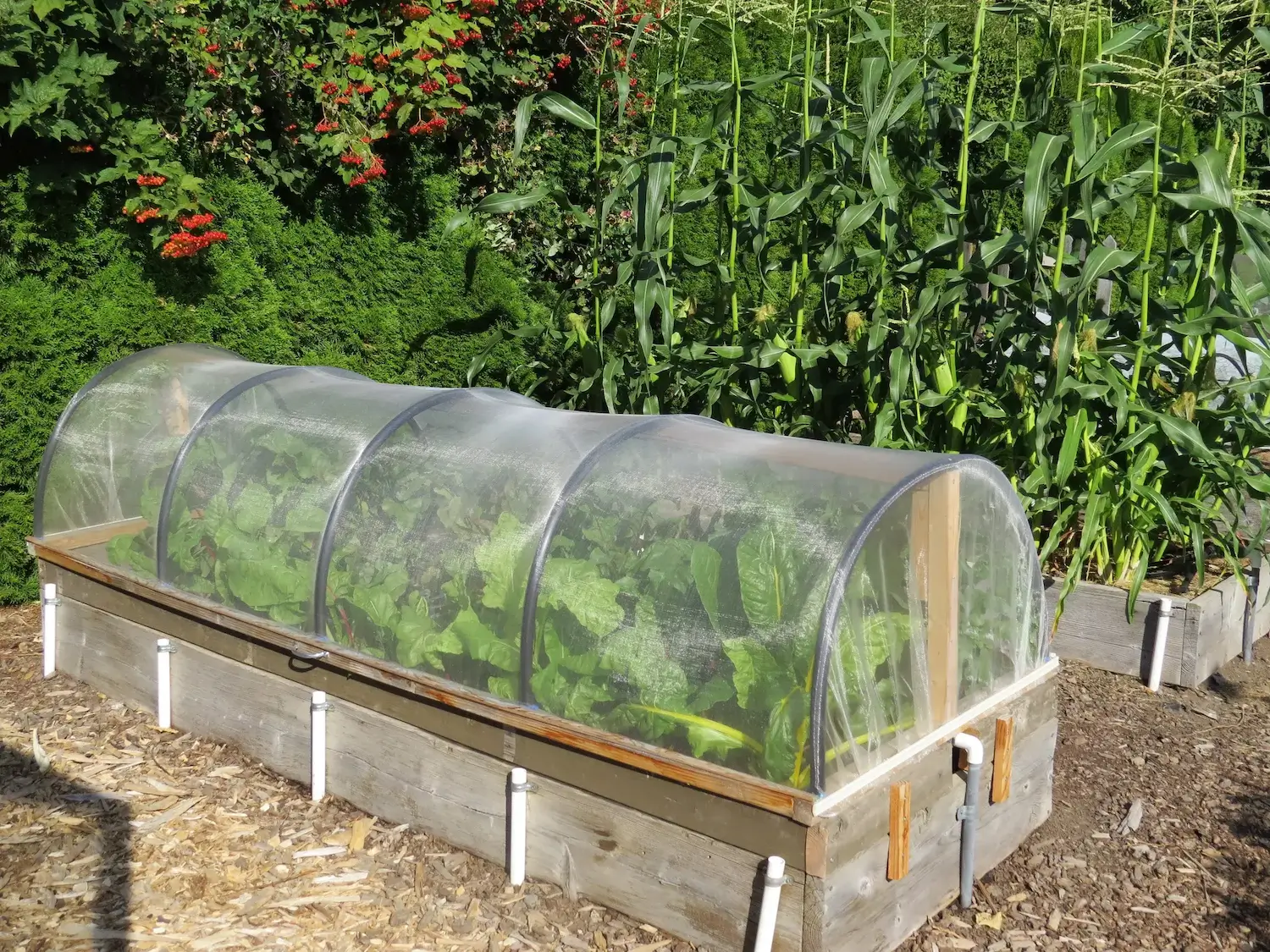
Pest Identification & Prevention
Victor Miller
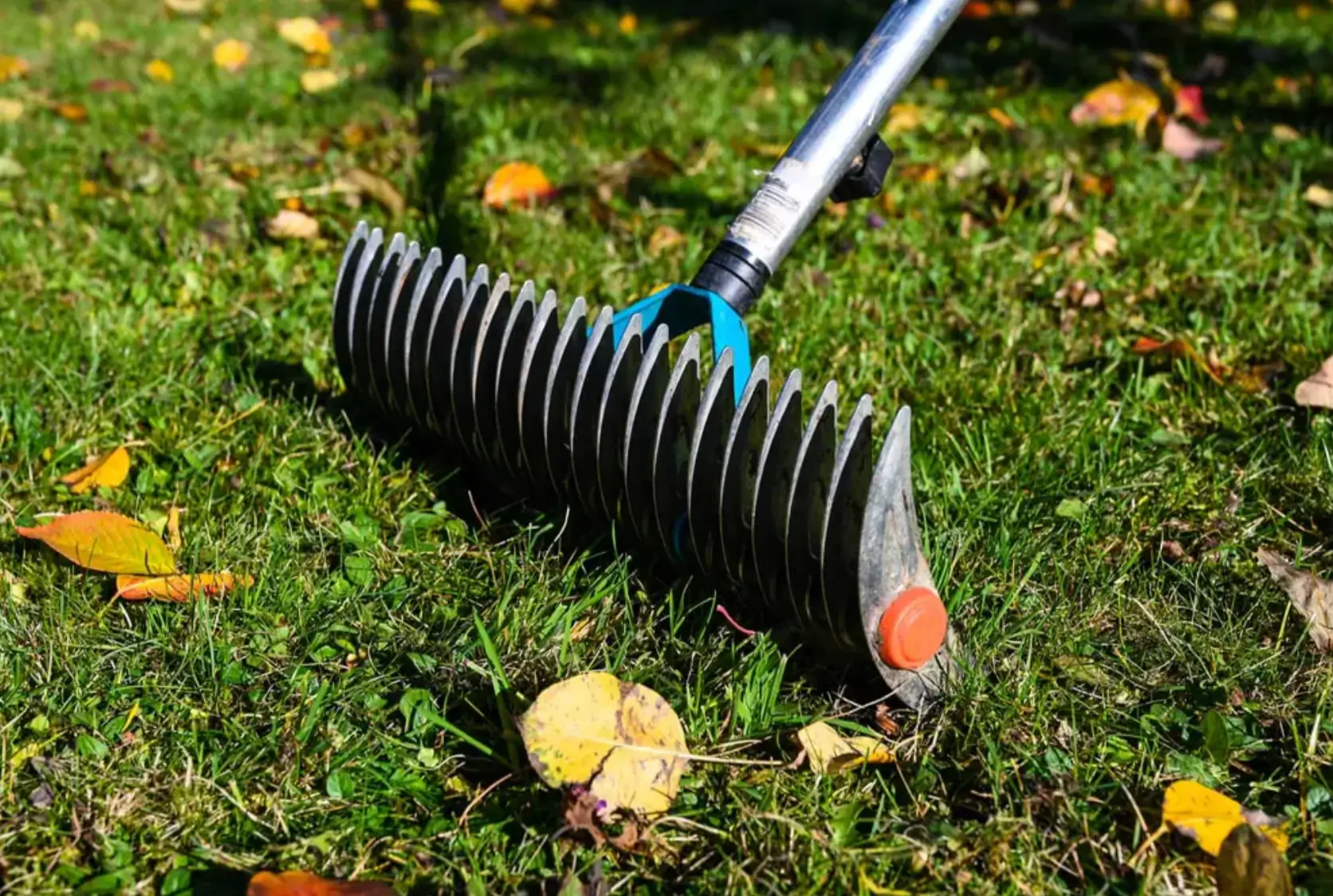
Lawn Care Tips & Maintenance
Victor Miller
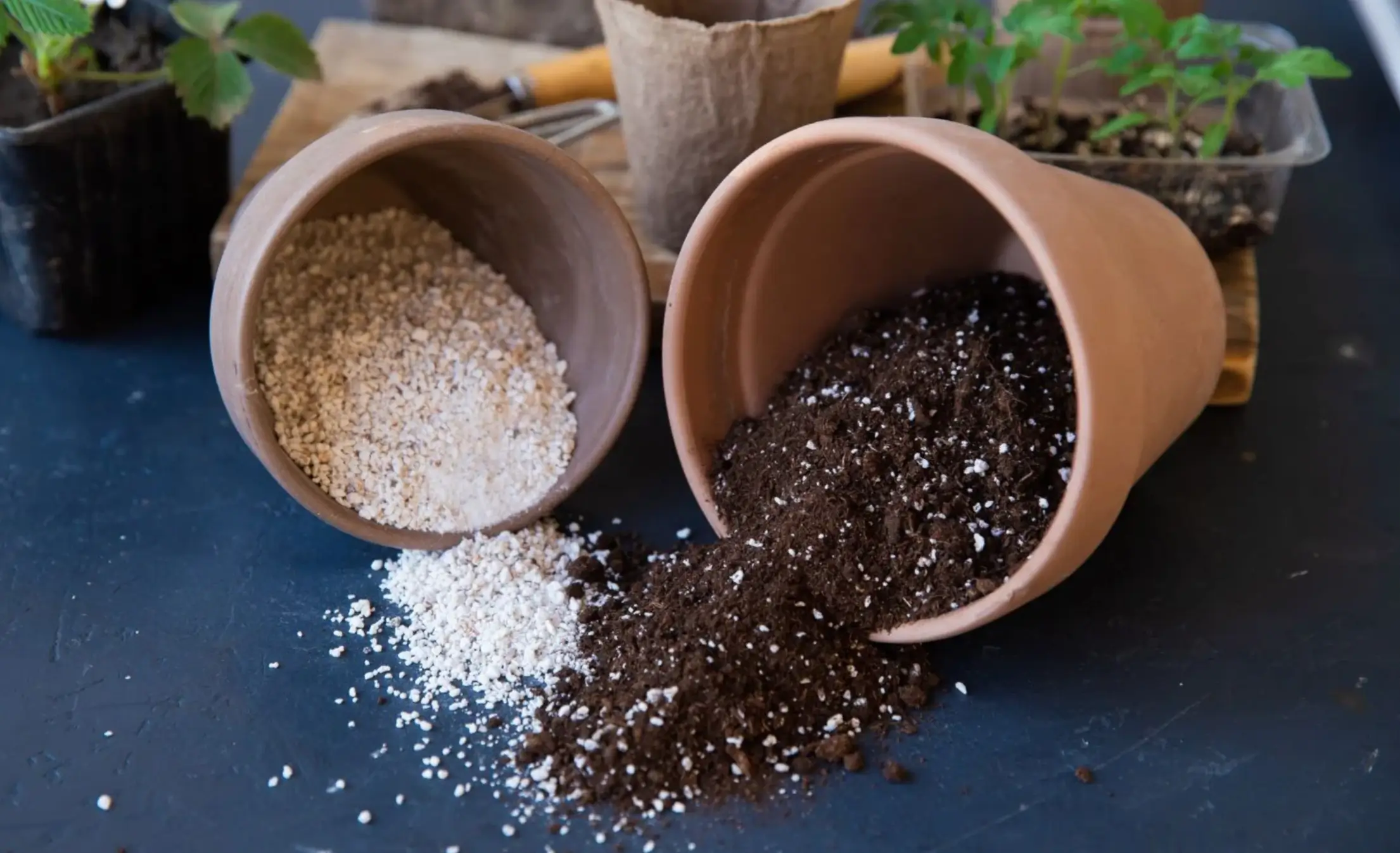
Soil Health & Fertilization
Victor Miller

Smart Irrigation Systems
Victor Miller

Patios, Walkways & Driveways
Victor Miller
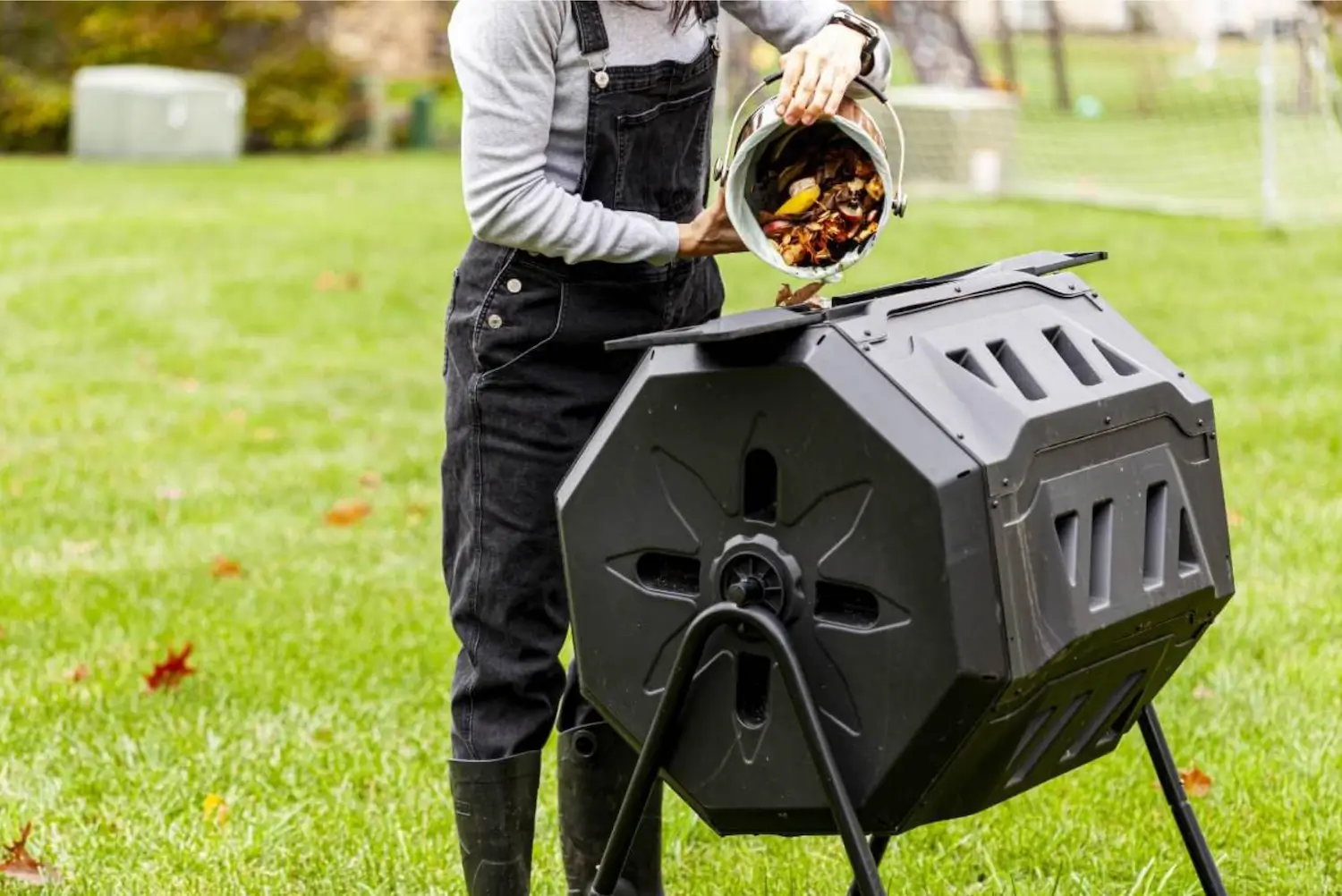
Soil Health & Fertilization
Victor Miller
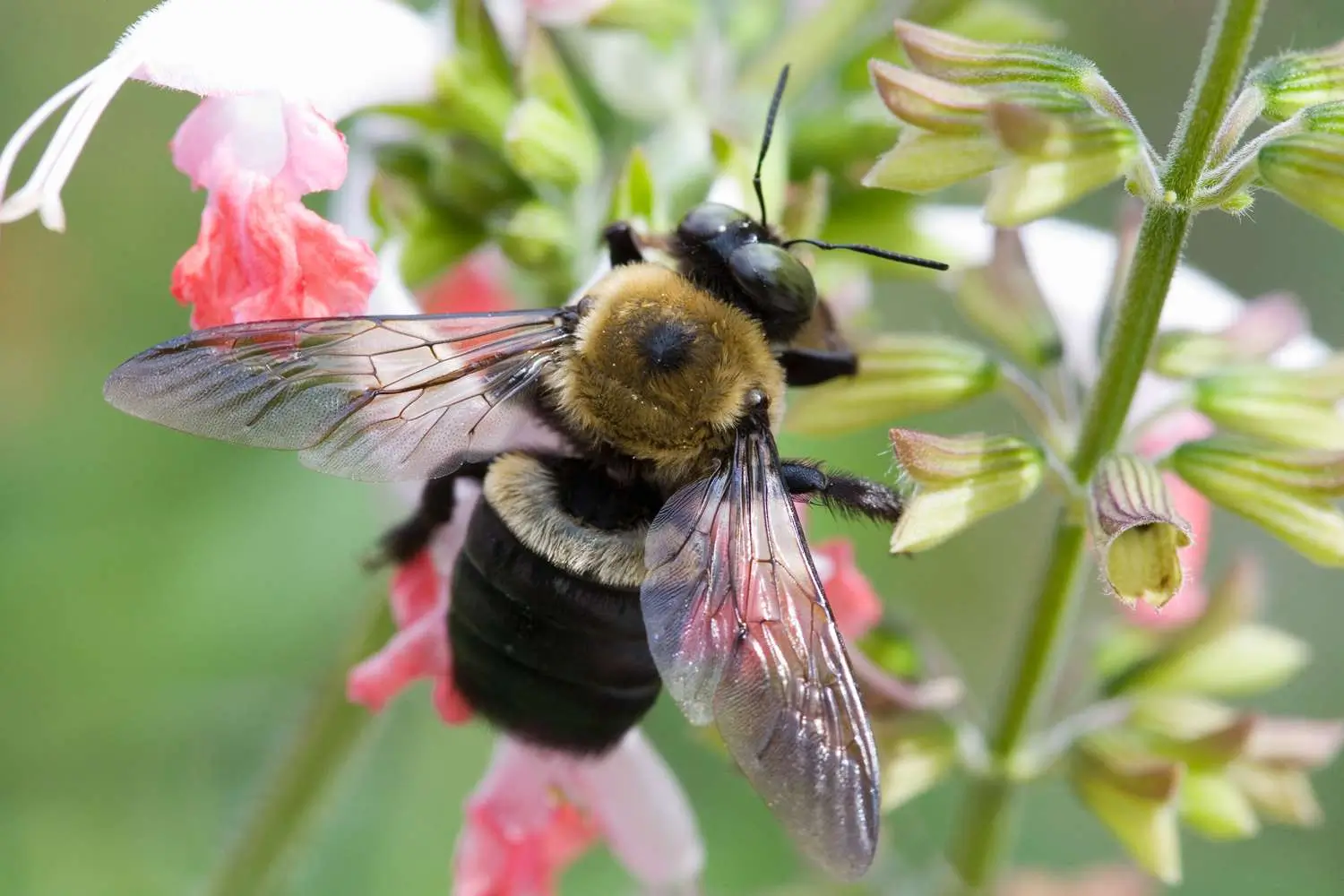
Pest Identification & Prevention
Victor Miller
My Account
Our team is always here to help.
We are open Monday - Friday, 9:00 AM to 4:30 PM PST.